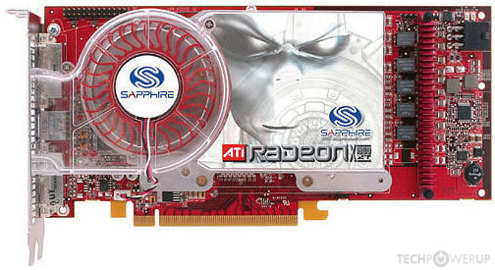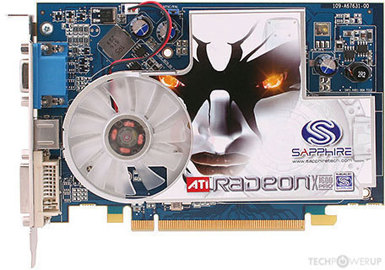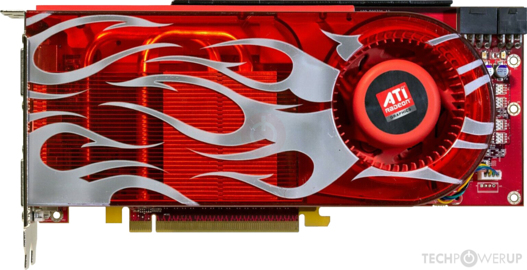- Joined
- Oct 27, 2020
- Messages
- 818 (0.53/day)
There is 0% chance for RX7900XTX performance at $400.
Although Leakers said only Low-end Navi 43 and 44 for RDNA4, the timing is perfect for a monolithic 4nm Navi 42 part (4nm is probably the last node offering adequate size reduction for cache (1.35X) , it offers the potential for 1.15X frequency jump vs 7nm and by Q4 2024 it will be a mature process offering great yields.Even if RDNA4 is a small iteration focusing only on reducing size in ISO process and extracting a small bump in performance per SE for example (like only 5%) a 4nm 256bit 4SE design with128RBE and 80CU and coupled with GDDR7 (+64MB infinity cache) it will be able to match 7900XTX.It will be 24GB also due to the new GDDR7 increased capacity.This will probably be at $599 offering around +20% raster performance and +6GB vs a RTX 5070 at the same price.The main reasons they don't go for higher-tier models is because the are left behind in features and the vast majority buying $600 and above they will always go Nvidia if AMD offers only 10% more raster performance/$, forcing AMD to these tiers to offer 15-20% more performance/$ + increased memory capacity in order to have a chance making the whole endeavor not very desirable financially for AMD.Also in 2024 we will see increased capacities in memory sizes, for example a 256bit design with 24GB GDDR7 and probably by Q4 2026 32GB, so these 4 years (especially if PS5 Pro has the same 16GB capacity and depending when Xbox next will launch) the memory advantage AMD will offer per tier will not be so important for market perception and sales anymore.Also a OC 7900XTX is at the edge to not be considered CPU limited (4090 it is) so the percentage that they can increase GPU performance with a Zen5X3D is very specific and uninspiring (if it is CPU limited at the same level as a 7900XTX was at Q4 2022). Actually I don't see AMD returning to 384bit designs before Q4 2028 at the earliest (if ever...)
Although Leakers said only Low-end Navi 43 and 44 for RDNA4, the timing is perfect for a monolithic 4nm Navi 42 part (4nm is probably the last node offering adequate size reduction for cache (1.35X) , it offers the potential for 1.15X frequency jump vs 7nm and by Q4 2024 it will be a mature process offering great yields.Even if RDNA4 is a small iteration focusing only on reducing size in ISO process and extracting a small bump in performance per SE for example (like only 5%) a 4nm 256bit 4SE design with128RBE and 80CU and coupled with GDDR7 (+64MB infinity cache) it will be able to match 7900XTX.It will be 24GB also due to the new GDDR7 increased capacity.This will probably be at $599 offering around +20% raster performance and +6GB vs a RTX 5070 at the same price.The main reasons they don't go for higher-tier models is because the are left behind in features and the vast majority buying $600 and above they will always go Nvidia if AMD offers only 10% more raster performance/$, forcing AMD to these tiers to offer 15-20% more performance/$ + increased memory capacity in order to have a chance making the whole endeavor not very desirable financially for AMD.Also in 2024 we will see increased capacities in memory sizes, for example a 256bit design with 24GB GDDR7 and probably by Q4 2026 32GB, so these 4 years (especially if PS5 Pro has the same 16GB capacity and depending when Xbox next will launch) the memory advantage AMD will offer per tier will not be so important for market perception and sales anymore.Also a OC 7900XTX is at the edge to not be considered CPU limited (4090 it is) so the percentage that they can increase GPU performance with a Zen5X3D is very specific and uninspiring (if it is CPU limited at the same level as a 7900XTX was at Q4 2022). Actually I don't see AMD returning to 384bit designs before Q4 2028 at the earliest (if ever...)










